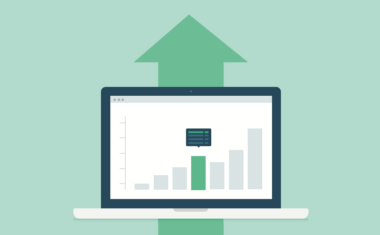Free Data Analytics Course
Jumpstart your journey with 25 essential learning units in data analytics. No cost, just knowledge.
Data analytics is #1 on the list of growing jobs by the World Economic Forum. There is no doubt that opportunities are booming.
But with great potential comes great competition. With hundreds of qualified candidates applying to every open data analyst role, your resume needs to stand out. However, recruiters and hiring managers scan hundreds of resumes in a day and spend, on average, just 7.4 seconds on each. That’s an incredibly short time to catch their attention.
In this blog post, we will show you exactly how to craft a compelling data analyst resume that succinctly communicates the highlights of your profile. We will explore what recruiters look for in entry-level and senior data analyst profiles, and examine some interesting sample data analyst resumes.
Let’s dive in.
How Important Is a Data Analyst Resume?
Recruiters tend to scan resumes, not skim them. That is, they look for specific information about your profile, not read it through to get an overall picture. To make the most of the 7.4 seconds of recruiter attention, you need to create a resume that is scan-friendly.
Think of it this way—the recruiter is looking at your resume not to get a complete and comprehensive picture of your experience but to quickly evaluate if you are a good fit for the role. Everything else, including the getting-to-know part, will come later during the interviews.
The best place to start is the JD itself. Whether on LinkedIn, Ziprecruiter, Indeed, Glassdoor, or the company website, spend some time reading the job description. Note the requirements listed, the must-haves, and the nice-to-haves. Observe the vocabulary used: do you spot any keywords? Are any specific skills or programming languages mentioned? Does the JD have a particular tone—formal, conversational, or casual?
When you sit down to make your resume, mirror this language. Rephrase descriptions to match the JD and pepper it with relevant keywords, provided they actually match your experience and skills. Do not lie or even exaggerate on your resume as this will only cause problems later.


Become a Data Analyst. Land a Job or Your Money Back.
Transform real-world datasets into actionable recommendations. Master technical and strategic thinking skills and frameworks. Land a job — or your money back.
What Should You Include in Your Data Analyst Resume?
Name and Contact Information
Header and Name
Your name, followed by your professional job title such as “Data analyst,” or “Marketing analyst”, should form the header. This will indicate upfront the role you are applying for. If you have considerable experience in the field, add a short 2-3 line summary as well. On the other hand, if you have no prior experience, include a 2-3 line objective expressing your interest in the field. In both cases, keep the header text short and specific.
Phone Number
List your most reachable mobile/phone number with the country code. This is because some recruiters prefer to conduct a screening call first before sending out a formal email.
Email Address
Definitely mention your email address up top even if you are applying via email as your resume may be uploaded to an applicant tracking system or printed out for internal circulation.
Use your .edu address if you are still in college/school as a way to prove you go to that school, and if you are working, remember to give your personal email and not your work email ID.
But remember, your personal email address must also sound professional. For instance, jane.doe@gmail.com and not cooljane666@gmail.com. An email provider like Outlook or Gmail may also be more appropriate than @earthlink.net or @hotmail.com. You don’t need to include your full address; just your city/state will do.
LinkedIn Profile
A whopping 75% of talent scouts use LinkedIn Recruiter to find or vet resumes. They use search options based on keywords like job title, skills, or companies. You can choose to include your LinkedIn profile on the resume header, especially if you have recommendations on LinkedIn or write posts related to your work there. At the very least, update your LinkedIn profile with your current information, skills, and achievements.
If you use any other platform to share insights about your work, say Twitter, and believe this will lend weight to your profile, link to that as well. Avoid linking to social media handles you use purely for personal updates.
Are there exceptions to this last rule? Yes, if you are applying to a startup or larger organization that values extracurricular interests and hobbies or explicitly looks for interesting people to join the team. You can discover this from their Careers page and include relevant links on your resume.
GitHub and Kaggle
Include your GitHub or Kaggle profile, if you have one, in the contact information section. This will show your keen interest in the field and showcase your contributions to open source projects, both of which recruiters will see as a plus.
Employment
Employment Information
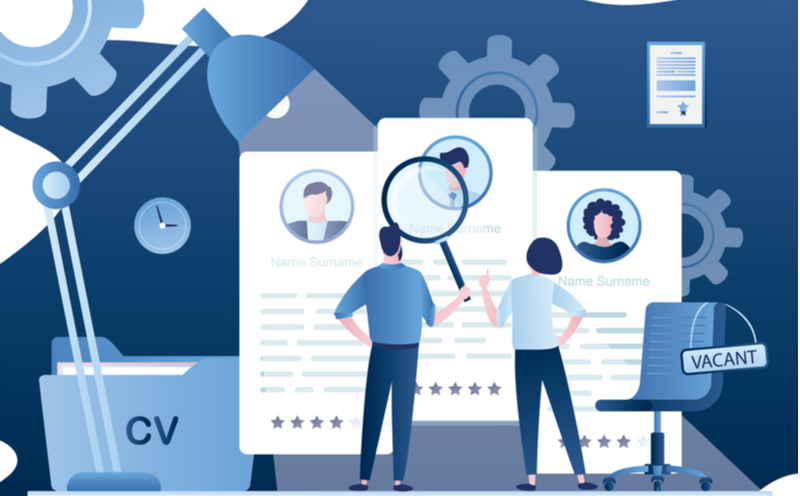
Employment/experience details are the most important part of any resume, including a great data analyst CV.
If you are applying to mid or senior-level data analyst roles, list out your experience in reverse chronological order. i.e. most recent first. Mention your designation, employer name, and duration of employment, followed by key responsibilities and impact listed as bullet points.
Internships & Projects
If you are just starting out, you will not have job experiences to list. Instead focus on details of internships or projects relevant to the role. These can be solo, part of open source projects, or created during bootcamps—what matters is how relevant they are to the role.
Here are examples to help you understand what to write in the employment section if you are a data analyst intern:
Example 1:
Reported statistical and analytical insights to executives for effective strategic positioning in the marketplace. Analyzed and processed complex data sets using MySQL, SAS, and Excel.
Example 2:
Springboard Data Analytics Course May 2017 | Capstone Project
To understand streaming behavior among millennials, analyzed data from 200 streamers across five different platforms over 60 days, totaling ~600,000 hours of streaming. Insight: there is an upward trend in streaming post 9 PM on all weekdays with spikes on Wednesdays.
Projects

It helps to have details like projects and accomplishments if you are applying for an entry-level role. Keep it in line with the role you’re applying for—don’t exaggerate. Include personal projects or workshops only if they are related to data analytics or the role you are applying for.
Education
Unless you are a recent graduate, this information should go below your work experience. Mention graduate school/college name, your degree, GPA, and any honors received. List your high school education only if you did not go to grad school or graduated in the last two years.
Along with your education details, you can also mention certifications, programming languages learned, and courses completed to segue into the skills section.
Skills

When it comes to listing your skills, be as specific as possible. Prioritize ones that are relevant to the role you’re applying for. For example, if you are applying for a marketing role, marketing analytics, data modeling, and data visualization are great skills to list. If you have any certifications or courses, mention those as well. For example, a Certificate in Advanced Google Analytics or Content Marketing is relevant for a marketing analytics role.
Awards or Recognitions
If you have been awarded or recognized for your work or studies related to the role at hand, definitely list them. Make sure to include the name of the awarding body, what you were recognized for, and when you received it. Do your research and list awards and recognitions that fit the job profile. List events by order of achievements from most recent to past.
Example:
Won the Trailblazer 2020 award at M&S Financial for redesigning the database and record-keeping systems and increasing data retrieval efficiency by 17%.
Get To Know Other Data Analytics Students
Sarah Savage
Content Data Analyst at EdX
Jo Liu
App Quality Analyst at Snap Inc.
Joel Antolijao
Data Analyst at FanDuel
Data Analyst Resume Examples
So far, we’ve covered the essential details to include in any data analyst resume. Depending on the seniority of the role you’re applying for, there are certain nuances to consider. Let’s understand these through some examples.
Entry-Level Data Analyst Resume
What To Include
If you are just starting out, don’t worry too much about your lack of full-time experience. After all, you will be applying for entry-level data analyst roles. To catch the recruiter’s attention with your resume, focus on relevant skills, technical knowledge, education, certifications, projects, or internships that will highlight your interest and work readiness in the field.
Here are some entry-level data analyst resume samples.
Example 1

What we like:
- Clear profile summary. Contact information neatly laid out.
- Work experience is listed in a scan-friendly way. Easy to see roles & responsibilities at a glance.
- Skills section was utilized well to highlight the candidate’s strengths.
Example 2
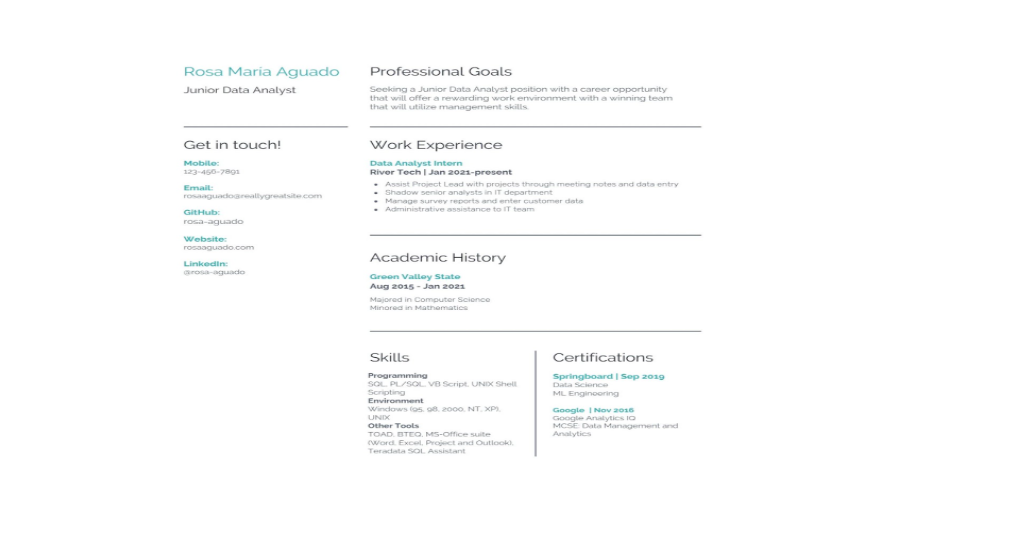
What we like:
- Resume layout checks all three boxes: simplicity, clarity, readability.
- All relevant links to work, including portfolio and personal website, are listed.
- A succinct explanation of roles & responsibilities at previous jobs.
- Neat sections for skills and certifications
Senior Data Analyst Resume
What To Include
As a senior professional in data analytics, you need to showcase the breadth/depth of your experience, as well as your career trajectory over time. How did your role change from one job to the next? Were you promoted? Did you take on additional responsibilities in team leadership, client services, or strategy?
When writing about your work experience, focus on the business need and impact created. Here are some more ideas on what you could include:
- Data analysis projects that involved business decision-making
- New analytics models developed and implemented that were driven by or fulfilled key business needs
- Events where you provided subject matter expertise
- All data management experience
Example 1
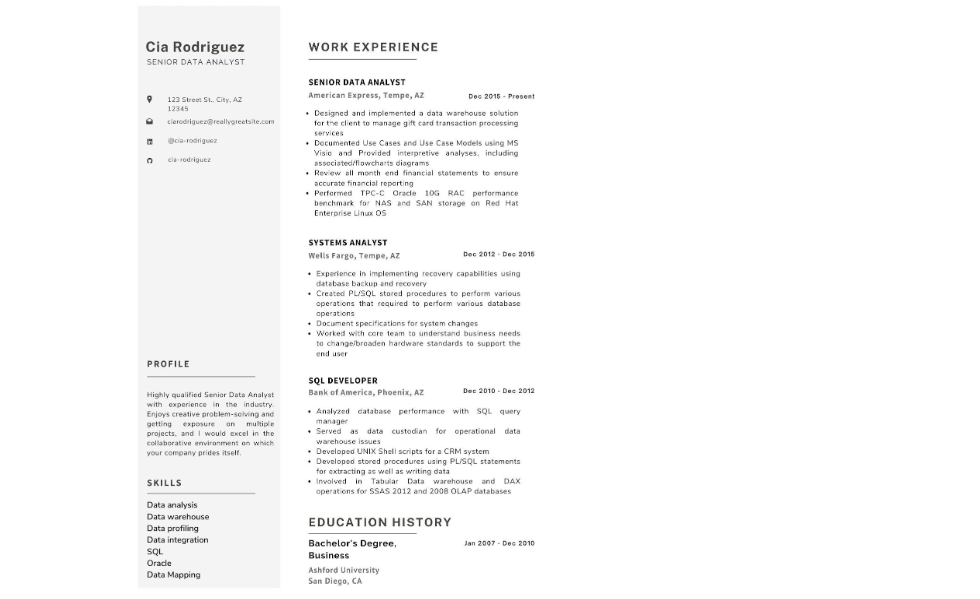
What we like:
- Career growth over 8+ years from SQL developer to senior data analyst is well outlined.
- Highlights of each role are clearly laid out.
- Key skills and professional links are listed.
- Resume layout checks all 3 boxes: simple, clear, readable.
Example 2
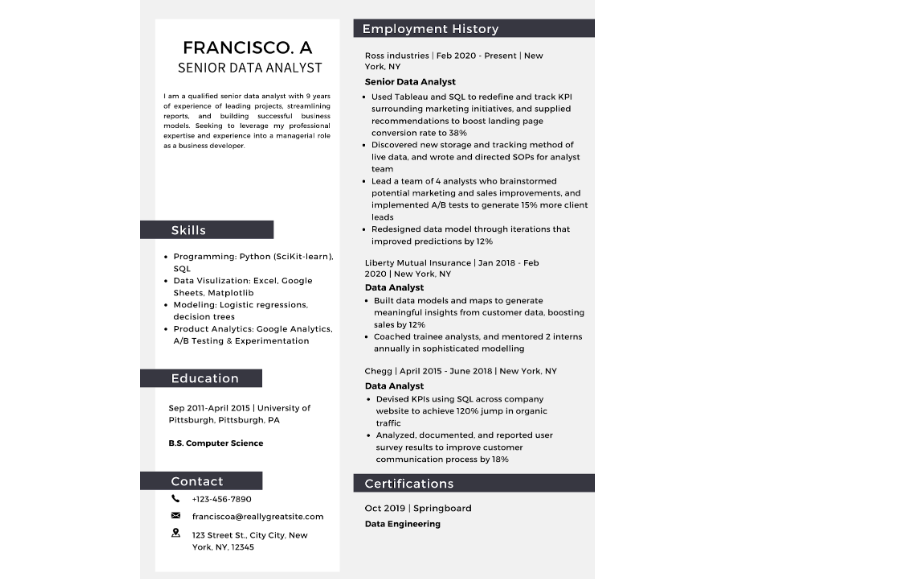
What we like:
- Summary captures the candidate’s experience and future goals well.
- Work experience outlines the impact created in each role, adding credibility to the profile.
- The list of skills is highly specific and relevant to the role applied for.
Other Data Analyst Resume Examples We Love
Data analysts can build good careers in different streams: research, finance, fintech, sales and marketing, and more. Here are three examples of specialized data analyst resumes in different streams.
Example 1

What we like:
- The candidate profile is clear about the experience and the role the candidate is seeking
- Core competencies are listed clearly, making it easy for recruiters to skim
- Certifications listed prominently
Example 2
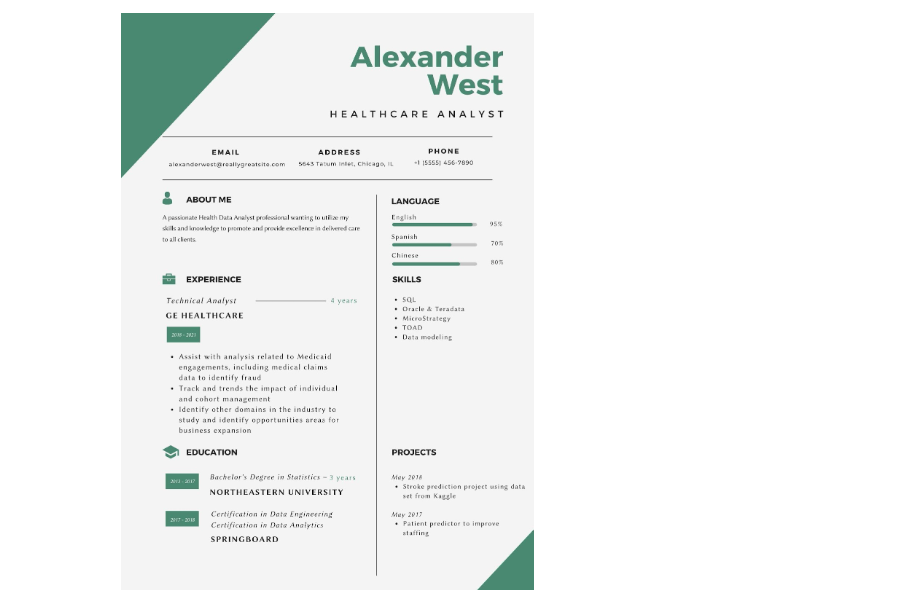
What we like:
- The education section neatly highlights all relevant degrees and coursework.
- The projects section is relevant to the job description, making it stand out for recruiters.
What could be better:
The work experience can be explained better, with a focus on impact and specific details about tasks/projects.
Example 3

What we like:
- As a business analyst, the candidate has both technical and business skills. The resume does a good job of bringing out both.
- Skills and Tools are separated into distinct sections so that both get equal focus.
- Neat layout with links to relevant work to skim
What could be better:
The summary can be more specific, focusing on the candidate’s interests and career objectives.
Tips for Creating an Awesome Data Analyst Resume
How To Stand Out

- Remember, the resume is a highlights reel, not a comprehensive, blow-by-blow account. Include only what is necessary and most impactful.
- If you have much experience, stick to the most recent, relevant pieces. Showcase career growth. Highlight impact created.
- If you have very little experience, include everything relevant, like side projects, internships, and certifications. Try to bring out your deep interest in the field.
- Use a neat format that is easy to read even on mobile devices—pay attention to the font, font size, and line spacing.
- Include personal interests and extracurriculars if you have room left over or if the organization you’re applying to values these.
- Provide hyperlinks to your professional profile, portfolio, projects, or published work so that you control the narrative (and the recruiter doesn’t have to Google you.)
What To Avoid
- Keep personal information to a minimum. Your gender, race, marital status etc need not be in a job application. Do not add these details.
- Avoid long paragraphs. Craft the important aspects of your resume in the form of bullet points and not paragraphs. This way, it becomes easier for the recruiter to skim through.
Data Analyst Resume FAQs
Should You Customize Your Data Analyst CV for Each Job?

Yes! While this is a bit of extra effort, it is well worth it. You don’t have to rewrite your entire resume—just customize parts of your work experience, rearranging or highlighting items to match the requirements of each role.
How Long Should a Data Analyst Resume Be?
It’s best to keep the resume to a single page (remember: recruiters spend just 7.4 seconds!) You’ve seen some great samples above. Leave enough white space and margin to keep the resume readable. If you have more items to showcase, linking to them would be best.
What Skills Should You Put On Your Data Analyst Resume?
Top skills needed by data analysts include:
- Structured Query Language (SQL)
- Advanced Microsoft Excel
- R or Python – Statistical Programming
- Data visualization
- Data modeling
- Data cleaning and preparation
- Machine learning
- Critical thinking
- Presentation skills
Remember that it’s okay if you don’t have the exact experience or skills. You can always upskill through flexible, job-oriented Data courses such as those from Springboard. Learn from data practitioners and get hired by top companies including Google, Microsoft, LinkedIn, Facebook, and others. The best part? Learn first and pay when you find a job. Explore our courses here.
For more information on how to apply for a data analyst job, click here.
Since you’re here…
Considering a career in data analytics? We can get you there. Don’t take our word for it – check out our student reviews. After just 6 months of study in our fully flexible Data Analytics Bootcamp, we’ll boost you into a job in the field or your tuition back. Get started now with our free data analytics course.




